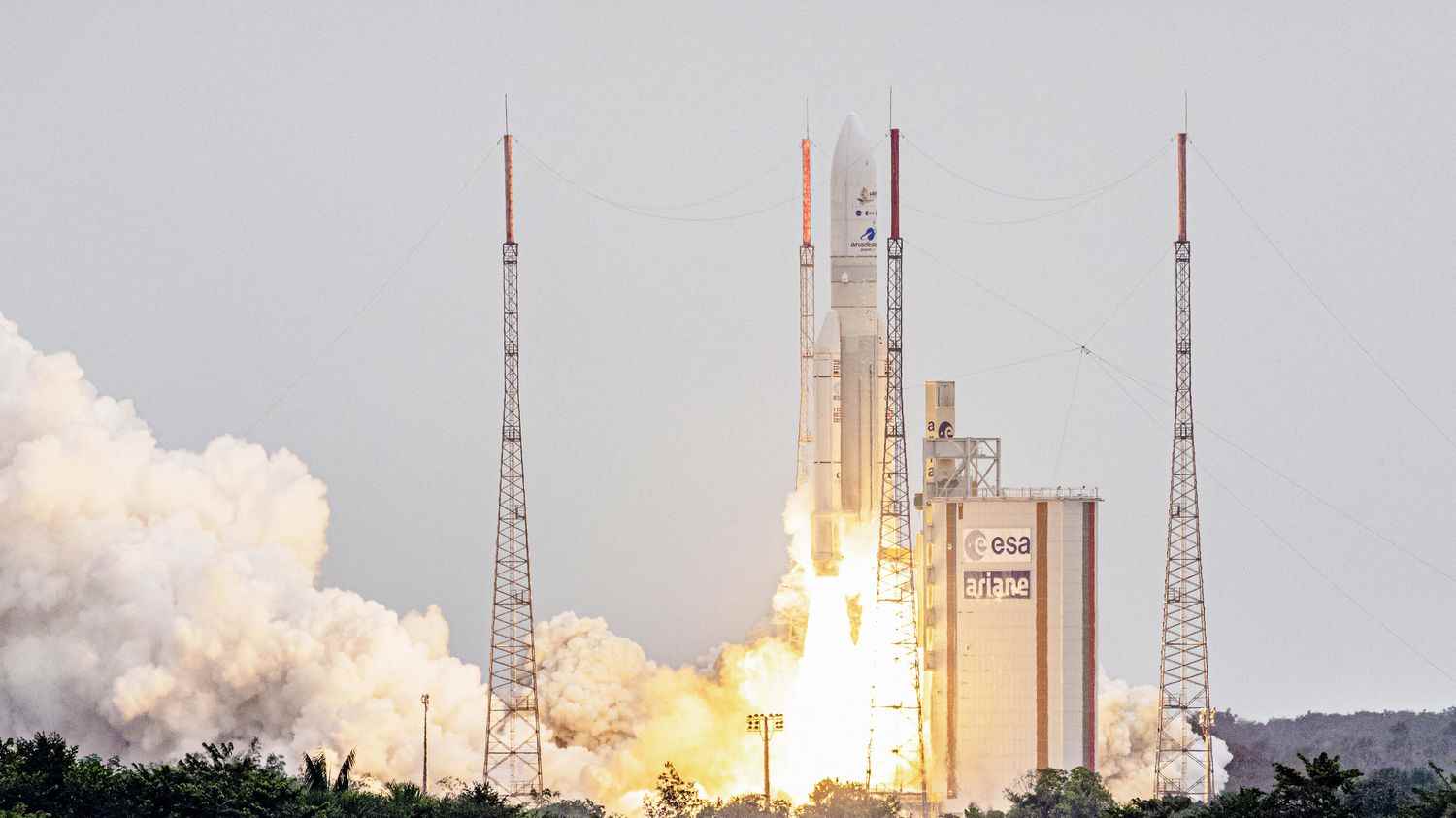Following CO2 detection in the atmosphere of an exoplanet, the James Webb telescope confirms its ability to perform high-level science.
Article written by
Posted
Reading time : 1 min.
After the detection of CO2 in the atmosphere of an exoplanet (a planet outside our solar system), the James Webb telescope reassures about its capabilities. “This detection at such a level of precision is unheard of”, is enthusiastic this Friday, August 26 on fanceinfo Jérémy Leconte, astrophysicist and researcher at the National Center for Scientific Research (CNRS).
In itself, this discovery is already impressive because it is the first time that CO2 has been detected in an exoplanet, it had never been done before. And then it’s the first discovery in a long series with James Webb, which reassures us about the ability of this telescope to do science at the highest level and even at a better level than we expected, so This bodes very well for the future.
This first target that we looked at is a Saturn-type planet, giant and mainly made of hydrogen and helium, there is probably no solid surface. This discovery of CO2 does not tell us if there could be life on this planet but rather what it is made of. We will be able to better understand how these planets are created, formed and evolve over time. This is a first step to then understand what can happen on their surface. It also allows us to understand how our own solar system was formed and why it is special.
Yes. This detection is at a level of precision, it is unheard of for molecule detection in the atmosphere of an exoplanet. And that’s only by observing the planet once for a few hours! With Hubble, it would have been necessary to repeat the observations several times. It really means that we will be able to detect very weak signals.
